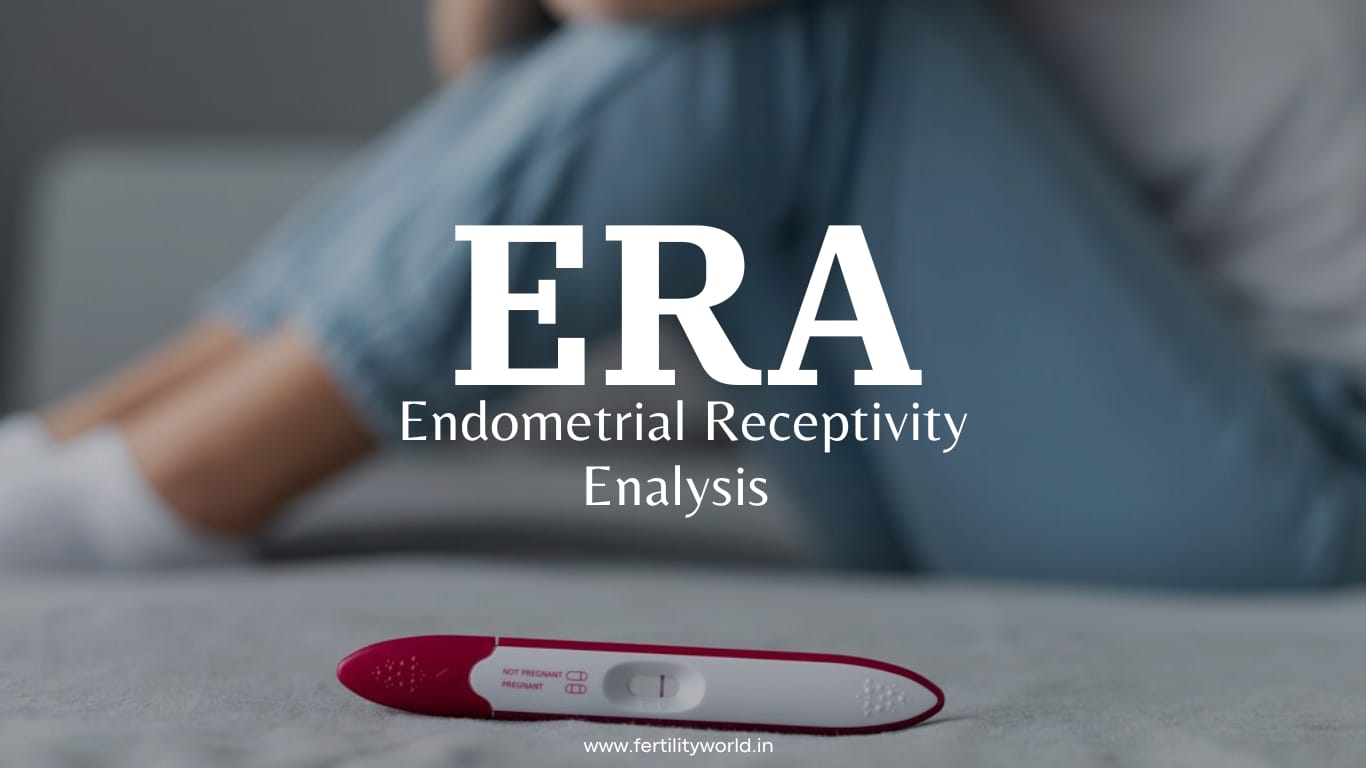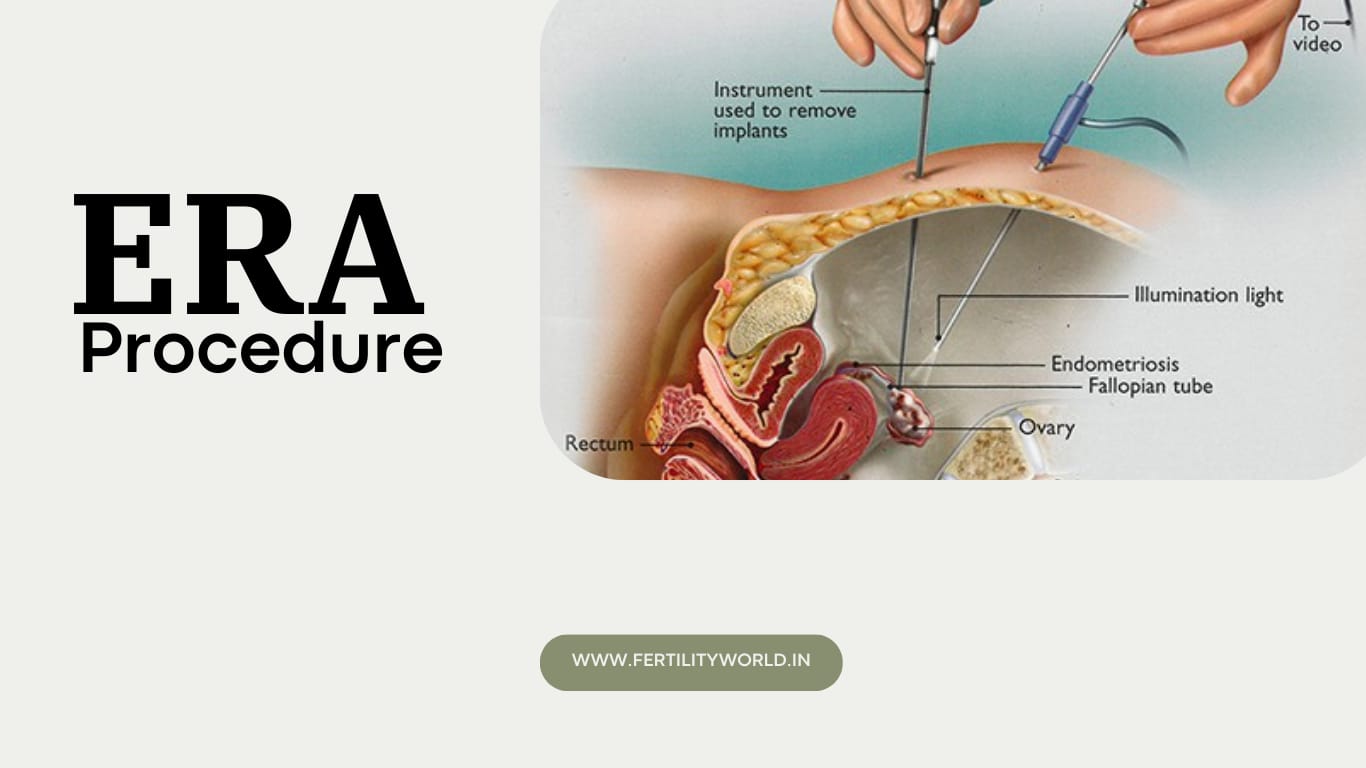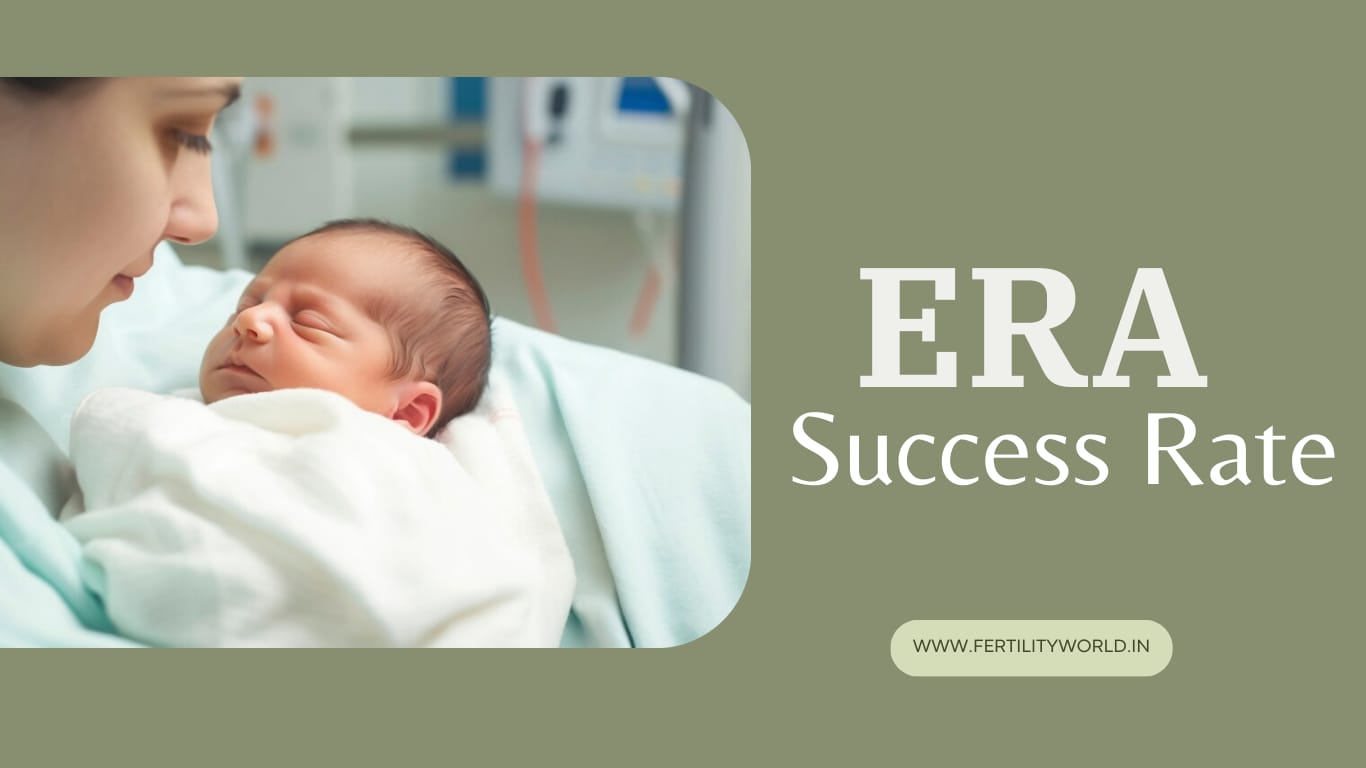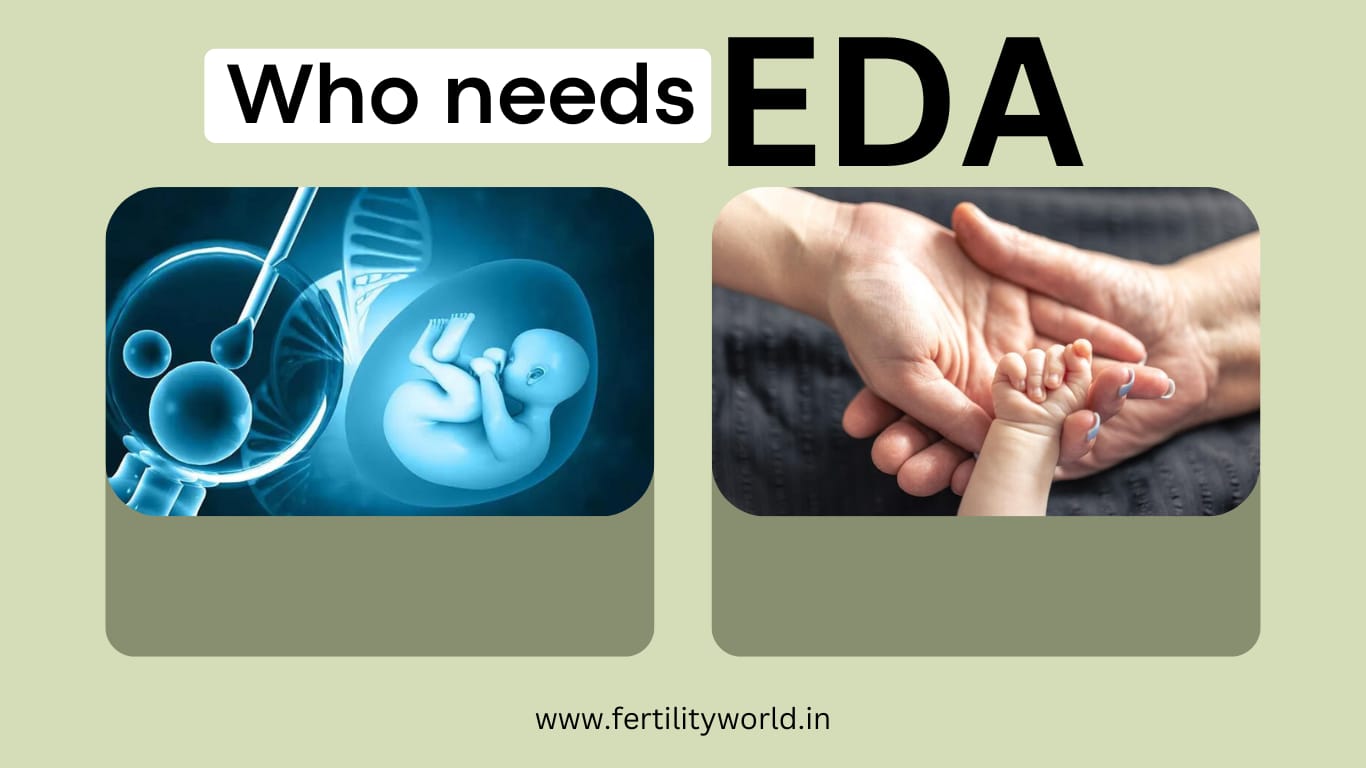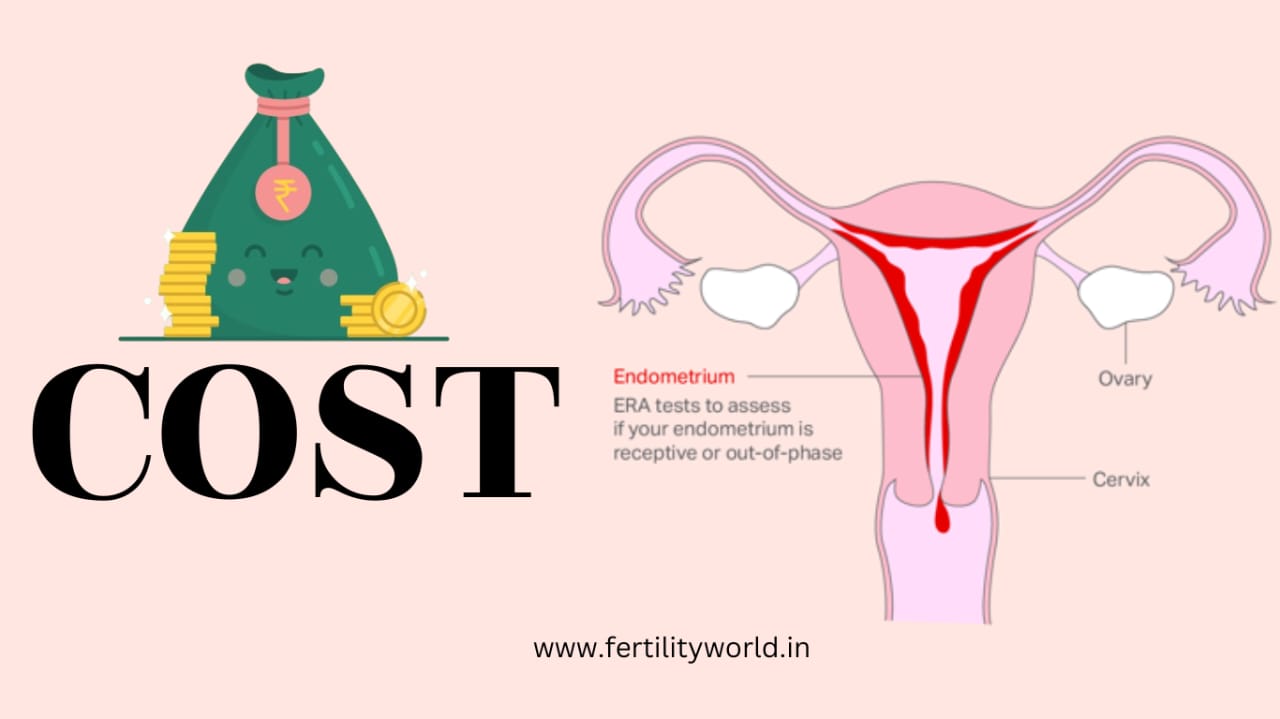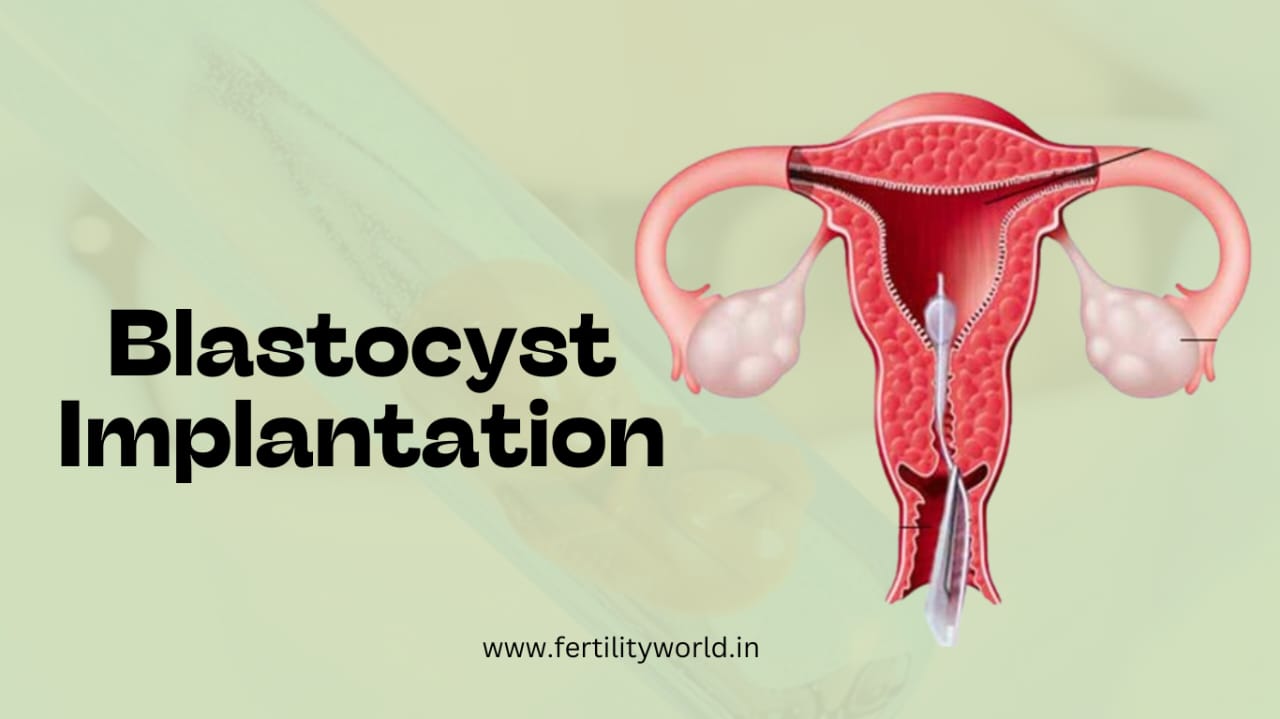In females, the endometrial receptivity acts as the entry gate and receives the “cultured-ART hatch embryo” in the uterine lining. Once the embryo gets aligned to the uterine cavity through endometrial receptivity, the implantation is ensured and results in pregnancy. Endometrial Receptivity Analysis (ERA) identifies the conditions of the endometrial receptivity before transferring the embryo to the uterus. The fertilityworld is the top clinic that offers ERA at a reasonable cost.
- Book an online appointment: Get a free online consultation.
- Call\W:+91 9311850412 Email:info@fertilityworld.in
What is Endometrial Receptivity Analysis (ERA)?
Endometrial Receptivity Analysis (ERA) is a molecular diagnostic tool that identifies the function of the endometrium receptivity by studying the biopsy sample of the endometrial lining and depicts the right day, to transfer the embryo during an IVF cycle. ERA technology is clinically designed to determine the patient-specific window of embryo (blastocyst) implantation, and progesterone administration before the transfer, and personalize the best time for transferring the embryo in the uterus.
What is endometrial receptivity?
Endometrial receptivity is the receptor of the blastocyst (embryo) to attach to the endometrium (uterine cavity) successfully. It nourishes and keeps the embryo alive. Successful implantation and early pregnancy maintenance rely on endometrial receptivity. Endometrial receptivity is normalized after the endometrium undergoes several histological changes while also increasing its thickness.
What affects endometrial receptivity?
Normally embryo implantation requires a receptive endometrium, a functional, and synchronized embryo-endometrial cross-talk which is established by sequential exposure to the steroid hormones estrogen and progesterone. However, excessive estrogen activity, endometrial thickness, endometrial pattern, endometrial volume, and embryonic defects such as chromosomal abnormalities, uterine polyps, septa, leiomyomata, and adhesions can negatively affect endometrial receptivity.
Endometrial Receptivity Analysis (ERA) procedure
Initially, women undergo a “prep or mock” cycle by taking oral or self-injected medications that stimulate the uterine lining. This medication response is verified by transvaginal ultrasounds or bloodwork. The endometrial receptivity analysis (ERA) procedure consists of two steps, endometrial biopsy and gene sequencing. First, the procedure takes a small tissue sample of the uterine lining for biopsy while controlling the specific ART stage usually during the mid-luteal phase and later molecular analysis (expression of hundreds of genes). This biopsy study is usually applied for women who have undergone IVF cycles but implantation failed or for women who have multiple miscarriages or recurrent pregnancy loss. The ERA biopsy is an outpatient painless procedure that does not require sedation and finishes within 2 minutes. The doctor analyzes the biopsy results and determines if the endometrium is receptive or non-receptive to an embryo. If the results indicate non-receptivity, the doctor will adjust the patient’s exposure to progesterone and transfer timing for the patient’s next cycle to increase the chances of a successful pregnancy.
The endometrial receptivity analysis (ERA) procedure determines the best time to attempt embryo implantation in a future transfer in IVF, ICSI, or FET cycle. There are three potential results.
Endometrial Receptivity Analysis (ERA) success rate
The clinical design behind ERA technology is to improve embryo implantation to the uterine lining during or in future assisted reproductive technology (ART) like IVF, ICSI, or FET. The application of ERA greatly improves embryo implantation by up to 95% success rate in women with repeated implantation failure. ERA does minimally improve IVF pregnancy outcomes in patients with an already good prognosis but the highest implantation improvement is seen.
Who needs endometrial receptivity analysis (ERA)?
Endometrial receptivity analysis (ERA) is designed to help those patients who have undergone IVF, ICSI, or FET cycles but whose implantation failed or for women who have multiple miscarriages or recurrent pregnancy losses.
Endometrial receptivity analysis (ERA) cost
Endometrial receptivity analysis (ERA) testing costs vary by clinic and region to region. Typically the endometrial receptivity analysis (ERA) cost in India ranges from Rs. 35,000 to Rs. 50,000, in addition to the cost of the test itself and biopsy, it also covers the prep cycle, which involves taking medications and monitoring via ultrasounds and bloodwork. The cost of ERA is comparatively lower in Asian countries than Western countries which cost about $850 to $1,500. In India, the fertilityworld is the finest clinic that offers reasonable ERA costs. Patients can freely discuss the cost of ERA testing with the clinic and receive free consultations. Also, enquire about insurance policy if applicable, and consider whether it’s necessary for your fertility treatment journey.
Uterine receptivity for blastocyst implantation
In assisted reproductive technology (ART) like IVF, ICSI, and FET, the functions of uterine receptivity influence the successful blastocyst (6-8 cells embryo) implantation. Uterine receptivity nourishes and keeps the blastocyst alive by attaching them to the maternal endometrial epithelium, and invading the endometrial stroma. The window of implantation is a self-limited period in which the endometrial epithelium acquires a functional, transient ovarian steroid-dependent and progesterone status. The uterine receptivity initiates adhesion of the developing blastocyst because of the presence of sufficient progesterone which is a sign of successful blastocyst implantation.
How we improve endometrial receptivity naturally?
Although, no scientifically proven activities can improve endometrial receptivity naturally. However, there are various activities one can participate in that usually minimize the occurrence of non-receptive endometrium. They include:
Stress-free: Maintaining stress-free results in positive outcomes while improving endometrial lining. Stress makes the body tighten up, leading to insufficient blood flow.
- Hormonal balancing: Sequential exposure to the steroid hormones estrogen and progesterone established endometrial receptivity. Estrogen creates proliferation of the endometrial lining during the preovulatory phase and induces an increase in progesterone receptor expression.
- Transcutaneous acupoint electrical stimulation (TAES): It boosts endometrial blood supply and regulates estrogen levels in the serum while improving endometrial receptivity.
- Eat oily fish: Oily fish is rich in omega-3 fatty acids which improves blood flow to the uterus, improves endometrium patterns. Also, consume more fruits like lemon, lime, orange, pomegranate, and watermelon.
- Regular Exercise: The habit of 10-20 minutes of daily exercise can ultimately improve endometrium receptivity. Simple walking can also maintain the thickness of the uterine cavity.
Conclusion
Endometrial receptivity analysis (ERA) or test is an efficient analyzing procedure when added to ART like IVF, ICSI, or FET. ERA helps those patients with previous IVF implantation failure, miscarriages, and recurrent pregnancy losses. ERA techniques easily analyze the endometrium receptivity, express genes, and schedule the right time to transfer the embryo when the endometrium is fully functional to receive and implant the embryo. An ERA is highly cost-efficient and creates parenthood. Thousands of patients have already received ERA and experiencing parenthood beyond their expectations. If you’re among patients of the same risk factors group. We recommend you, to approach the best fertility clinic and consult with the top specialist. You can greatly consider the fertilityworld as your choice for ERA.

